Protect your family from respiratory illnesses. Schedule your immunization here >
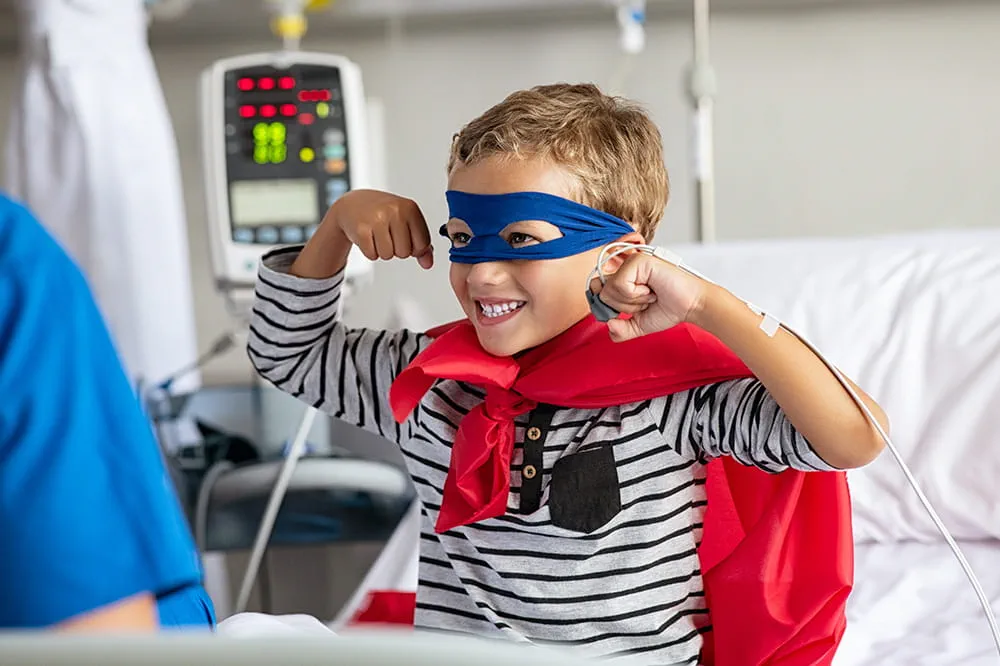
Ranked nationally in pediatric care.
Arkansas Children's provides right-sized care for your child. U.S. News & World Report has ranked Arkansas Children's in seven specialties for 2025-2026.

It's easier than ever to sign up for MyChart.
Sign up online to quickly and easily manage your child's medical information and connect with us whenever you need.
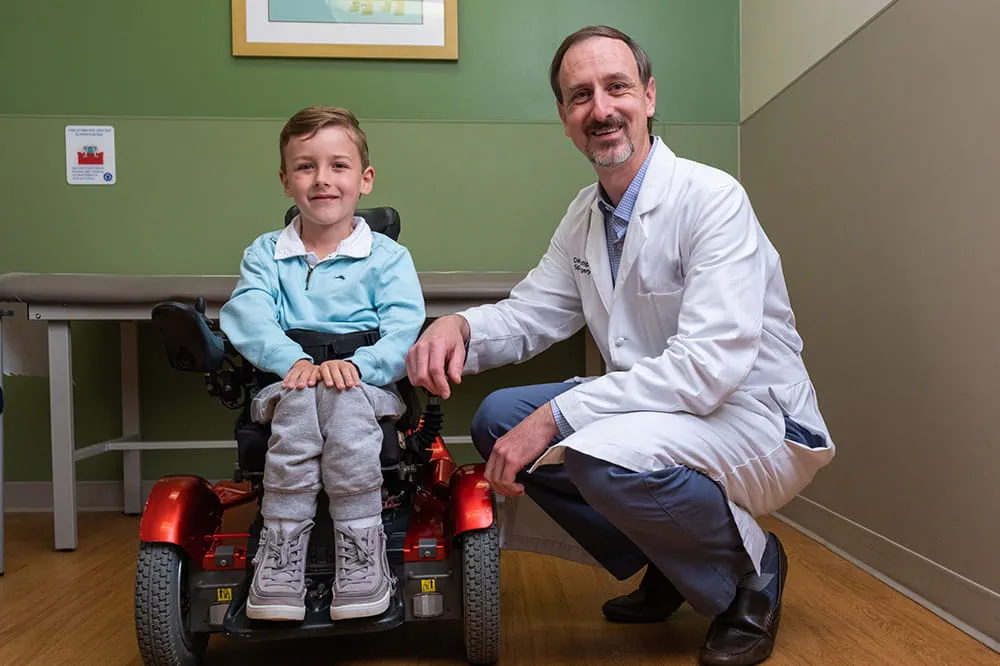
We're focused on improving child health through exceptional patient care, groundbreaking research, continuing education, and outreach and prevention.
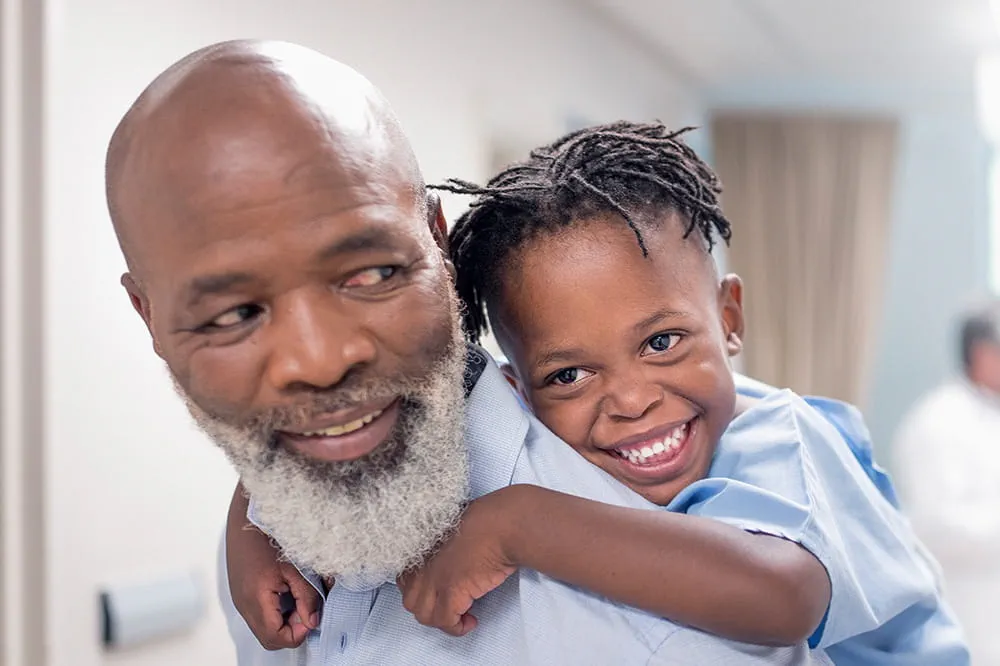
When it comes to your child, every emergency is a big deal.
Our ERs are staffed 24/7 with doctors, nurses and staff who know kids best – all trained to deliver right-sized care for your child in a safe environment.
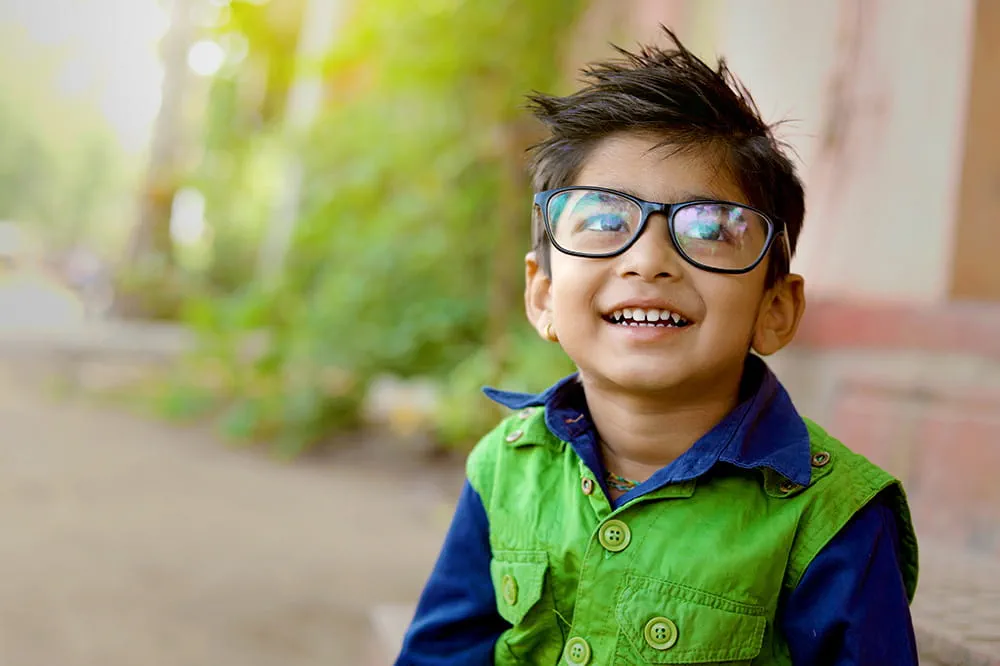
Arkansas Children's provides right-sized care for your child. U.S. News & World Report has ranked Arkansas Children's in seven specialties for 2025-2026.

Looking for resources for your family?
Find health tips, patient stories, and news you can use to champion children.

Support from the comfort of your home.
Our flu resources and education information help parents and families provide effective care at home.

Children are at the center of everything we do.
We are dedicated to caring for children, allowing us to uniquely shape the landscape of pediatric care in Arkansas.
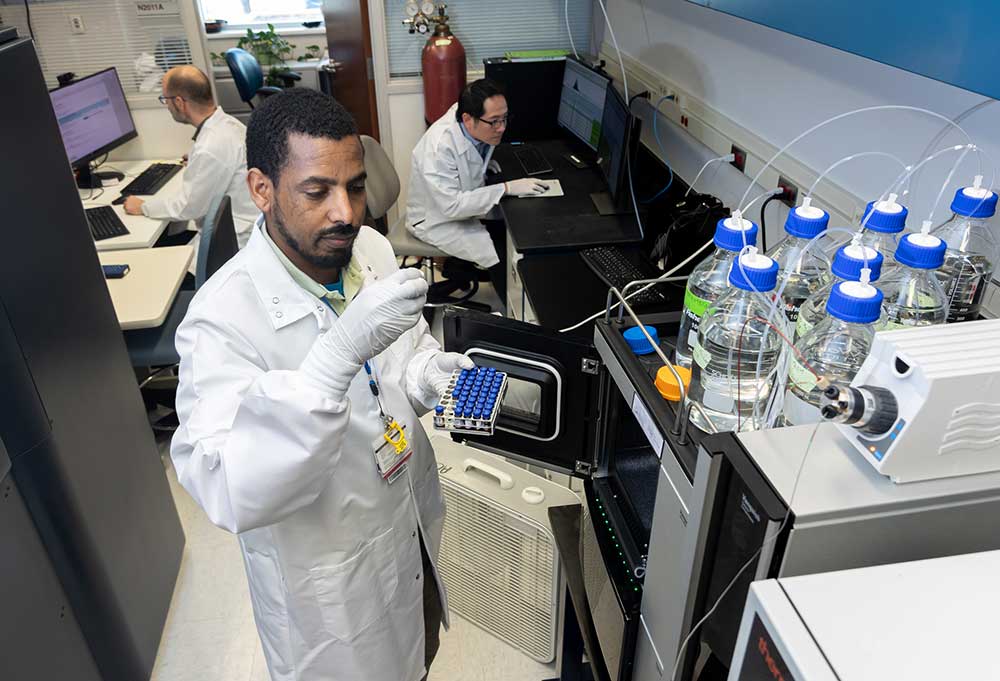
Transforming discovery to care.
Our researchers are driven by their limitless curiosity to discover new and better ways to make these children better today and healthier tomorrow.

We're focused on improving child health through exceptional patient care, groundbreaking research, continuing education, and outreach and prevention.
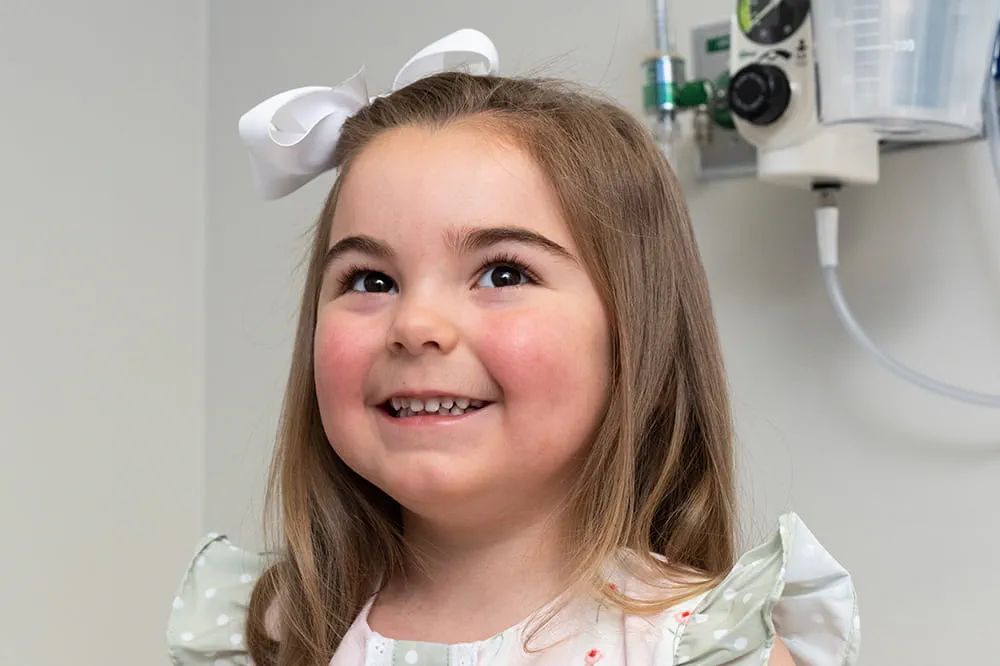
Then we're looking for you! Work at a place where you can change lives...including your own.
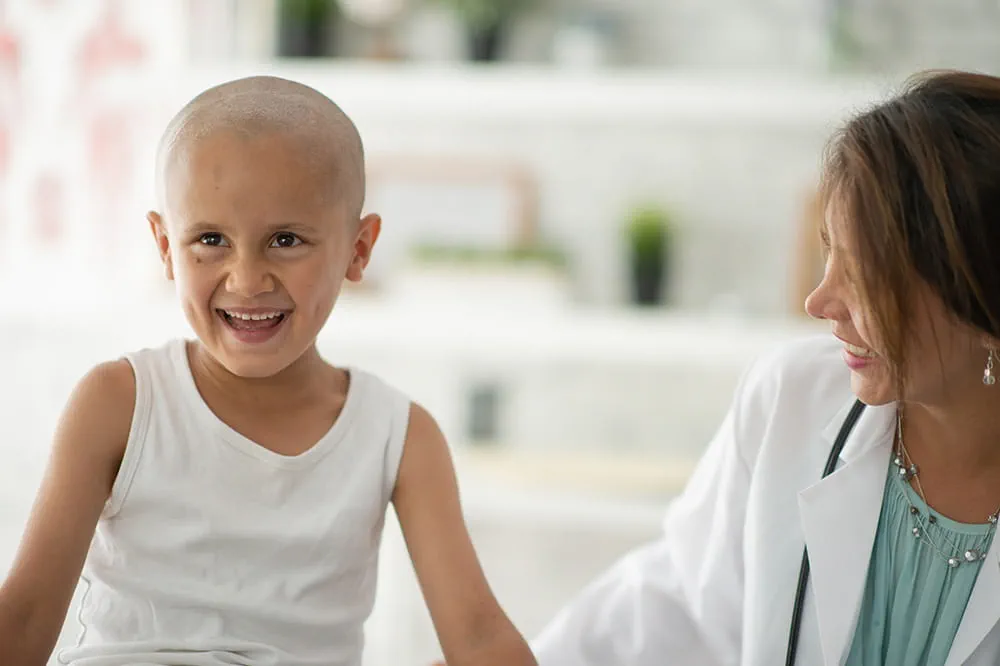
When you give to Arkansas Children's, you help deliver on our promise of a better today and a healthier tomorrow for the children of Arkansas and beyond
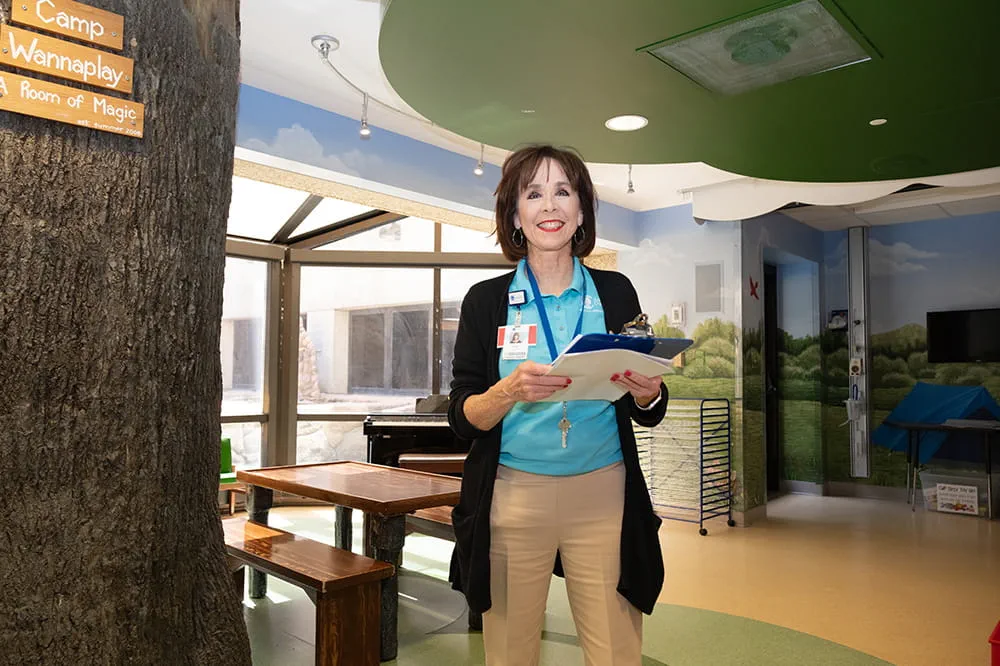
Become a volunteer at Arkansas Children's.
The gift of time is one of the most precious gifts you can give. You can make a difference in the life of a sick child.

Join our Grassroots Organization
Support and participate in this advocacy effort on behalf of Arkansas’ youth and our organization.

Learn How We Transform Discovery to Care
Scientific discoveries lead us to new and better ways to care for children.

Learn How We Transform Discovery to Care
Scientific discoveries lead us to new and better ways to care for children.

Learn How We Transform Discovery to Care
Scientific discoveries lead us to new and better ways to care for children.

Learn How We Transform Discovery to Care
Scientific discoveries lead us to new and better ways to care for children.

Learn How We Transform Discovery to Care
Scientific discoveries lead us to new and better ways to care for children.

Learn How We Transform Discovery to Care
Scientific discoveries lead us to new and better ways to care for children.
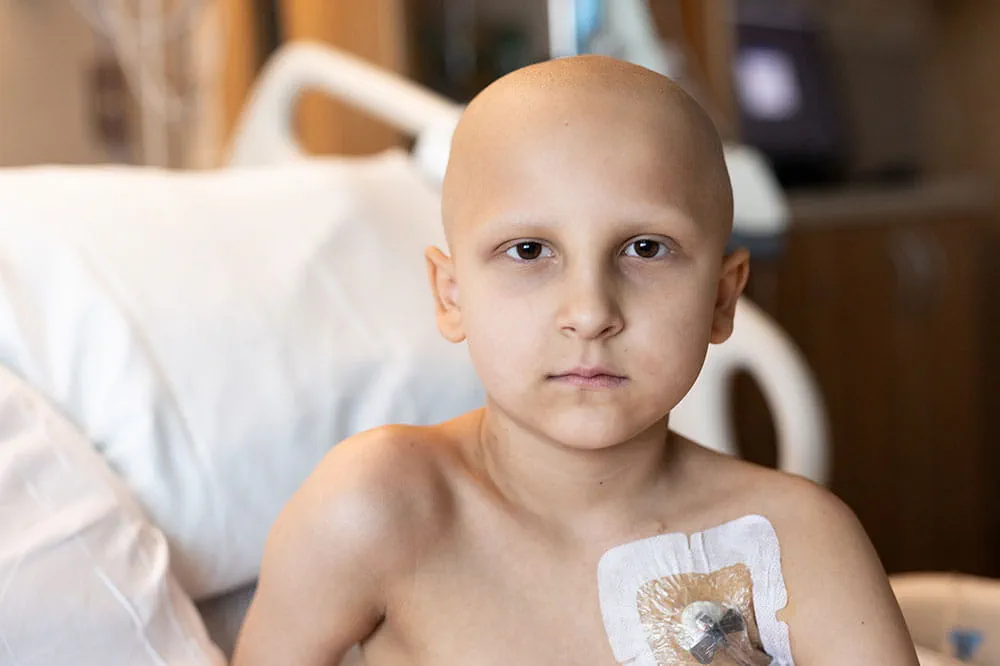
When you give to Arkansas Children’s, you help deliver on our promise of a better today and a healthier tomorrow for the children of Arkansas and beyond.
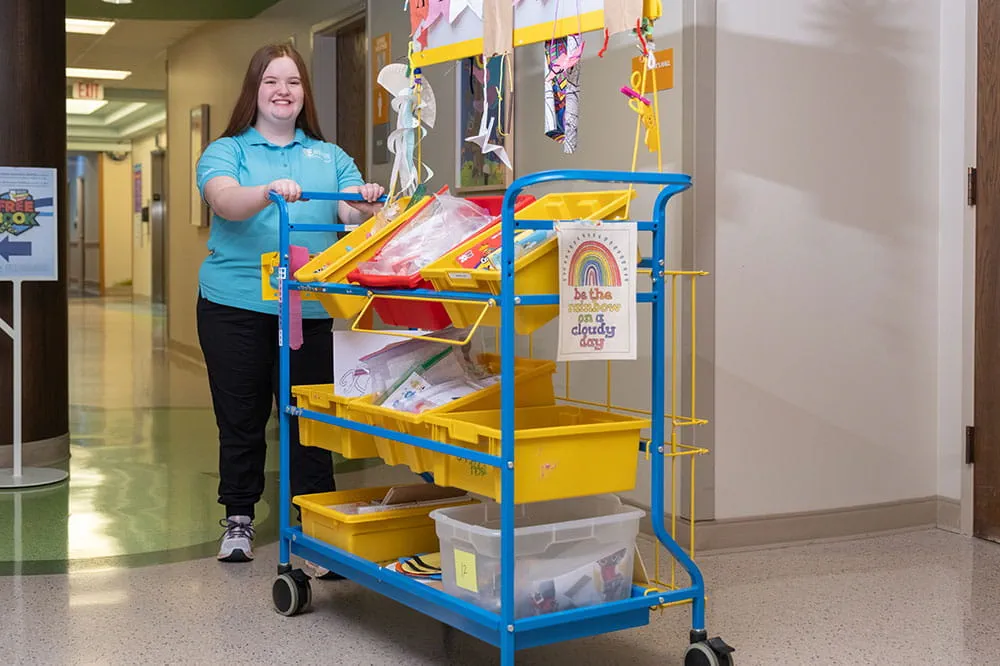
Your volunteer efforts are very important to Arkansas Children's. Consider additional ways to help our patients and families.
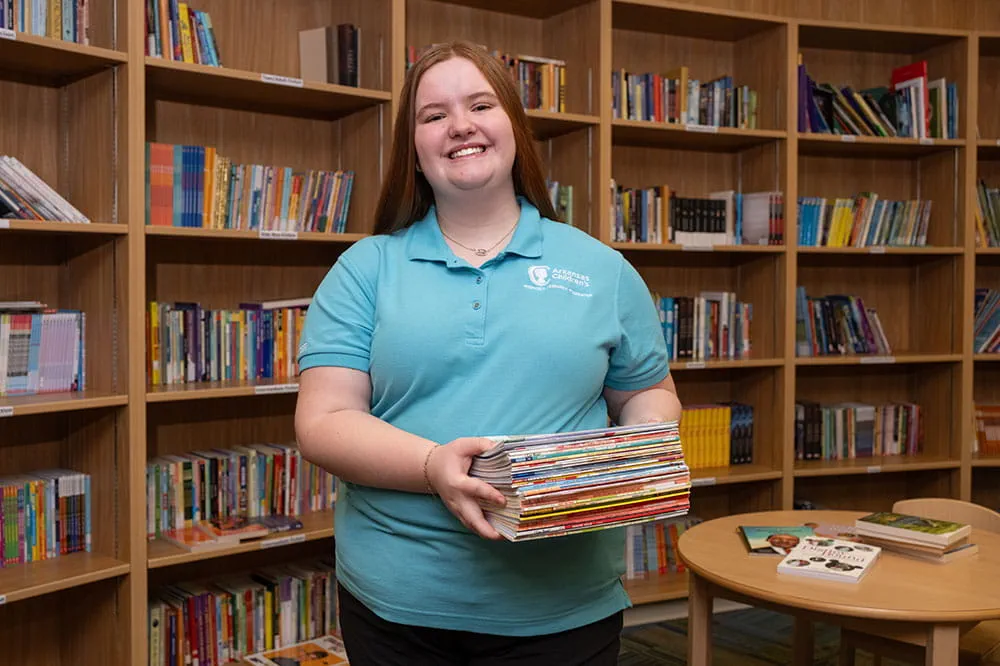
Join one of our volunteer groups.
There are many ways to get involved to champion children statewide.

Make a positive impact on children through philanthropy.
The generosity of our supporters allows Arkansas Children's to deliver on our promise of making children better today and a healthier tomorrow.
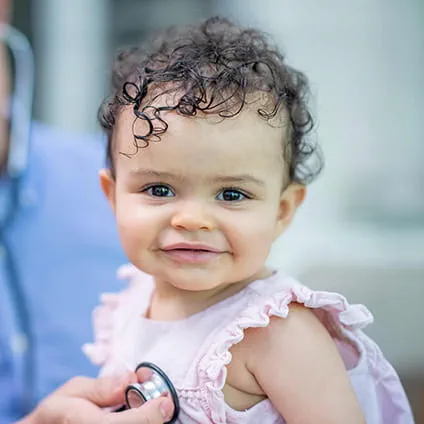
Read and watch heart-warming, inspirational stories from the patients of Arkansas Children’s.
Hello.
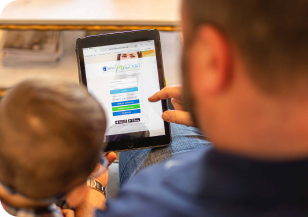
Arkansas Children's Hospital
General Information 501-364-1100
Arkansas Children's Northwest
General Information 479-725-6800


Five Questions to Ask About Pediatric Anesthesia
Published date: March 31, 2025
Each year, about 6 million children in the United States undergo general anesthesia, according to the National Institutes of Health. Last year, roughly 27,000 anesthesia cases took place at Arkansas Children's Hospital (ACH) in Little Rock and Arkansas Children's Northwest in Springdale.
The trust it takes for a parent or caregiver to allow medical experts to administer anesthesia to their child is something the pediatric anesthesiology team takes to heart, explained John Whitmore Robben, M.D., pediatric anesthesiologist and medical informatics officer at Arkansas Children’s and associate professor of anesthesiology and pediatrics at the University of Arkansas for Medical Sciences.
"When a parent hands over their child to you to care for, there's nothing more special. That's a huge responsibility. They're giving you the most important part of their life to take care of. That's our job," Dr. Robben said. "Nothing we do is in a vacuum. We have a large care team, and it sets us apart. If there is ever a problem, the resources we can bring to that problem are dramatically different than most other hospitals. We can bring in unmatched resources in our state with the amount of pediatric, multidisciplinary experts ready to assist."
The skills, approach and medical training required to put a child under general anesthesia are different than those of an adult. At Arkansas Children's, pediatric anesthesiologists are fellowship-trained, which means:
- A completed residency
- Certified in anesthesiology and pediatric anesthesiology by the American Board of Anesthesiology
The team prioritizes a culture of safety, which means close work behind the scenes with a child’s medical care team before a child has surgery to create a complete care plan.
Dr. Robben said parents' most common question about anesthesia is whether it is safe. While there are risks with any medical procedure, pediatric-trained experts keep safety at the center of patient care.
"We follow evidence-based medicine to ensure the safest possible anesthesia care for children. Our approach is guided by the latest research on both the safety and timing of anesthesia," Dr. Robben said. "When surgery is necessary, delaying or avoiding treatment can pose risks. Our goal is to provide expert care with highly trained pediatric anesthesiologists, prioritizing your child's safety at every step."
Dr. Robben discussed the following five questions parents should ask about pediatric anesthesia:
1. What is anesthesia?
There are several types of anesthesia, and general anesthesia is the most common given to children. General anesthesia uses medications (that are breathed in or given through an IV) to help a patient fall asleep and enter an unconscious state to have no memory or feeling of a procedure.
If a child is under 10 years old, most general anesthesia is delivered via a mask first to help them reach unconsciousness. Once the patient is asleep, a pediatric anesthesiologist, certified registered nurse anesthetist (CRNA) or a registered nurse starts an IV for medications and fluids typically needed to treat pain, medical conditions (like heart issues and diabetes) and to decrease nausea. Starting an IV after a child is asleep creates less stress for pediatric patients. For shorter procedures, like ear tube placement, an IV is not necessary.
The medication they breathe through the mask is called a volatile anesthetic. Sevoflurane is used most at Arkansas Children's, along with a combination of nitrous oxide and laughing gas. Arkansas Children's uses medications, like Propofol, for IV medication, that can be used with the inhaled anesthetic to keep a child asleep through the procedure. The team uses multiple medications from different drug classes to improve pain relief and minimize side effects like nausea. The combination of medications improves recovery and reduces complications after surgery.
Other types of anesthesia include:
- Local anesthesia: Numbing a small area for a procedure, like tooth removal. The patient is awake.
- Sedation: Putting a patient under a mild, moderate or deep sleep where they are still aware of their surroundings, but pain-free. A combination of sedation and local or regional anesthesia is also known as monitored anesthesia care (MAC).
- Regional anesthesia: Numbing a larger portion of the body, like an arm or the abdomen. The patient is awake when the medication is used on its own. Arkansas Children’s does not typically use regional anesthesia on its own.
Along with general anesthesia, Arkansas Children's uses regional anesthesia in most patients to help with pain control during and after surgery. An acute pain team comprised of anesthesiologists, physicians, nurses and nurse practitioners administers it. After a patient is under general anesthesia, the team uses an ultrasound to safely perform the nerve block injection so there is less pain at the surgery site for four to six hours. Because of the nerve block, patients typically require less pain medication after surgery and there are fewer side effects from the pain medication such as nausea and drowsiness. It also can help patients wake up faster and go home sooner.
A child could wake up from anesthesia happy, with no or mild side effects like nausea. However, for some children, there is a chance of emergence delirium, which causes temporary confusion, lack of focus and irritability that can last a few minutes or up to an hour. Pain management and shortened anesthesia time help reduce these side effects.
2. What is a pre-anesthesia testing appointment?
Some medically complex pediatric patients or those undergoing complicated surgery may need to come to the hospital for a pre-anesthesia testing appointment. At these appointments, pediatric anesthesiologists or a nurse practitioner review a patient's medical history and perform additional testing, which can include bloodwork, X-rays, breathing tests, ultrasounds, etc., to safely develop the best anesthesia surgery plan for that child.
3. How is the proper anesthesia dosage determined?
The most common way anesthesia doses are determined is by a patient’s weight. In adults, dosing is more generic. At Arkansas Children’s, pediatric experts are trained to know the difference in dosing for the smallest patients, from premature newborns that might fit in the palm of a hand to a teenager. The team is also expertly trained to anesthetize adult patients with congenital medical conditions, like patients in the Arkansas Children’s Heart Institute Adult Congenital Heart Disease Program.
4. What kind of anesthesia monitoring happens during surgery?
The initial dosage of anesthesia to get a patient to fall asleep is called induction of anesthesia. To keep a patient unconscious, they continue to receive either breathing medications or a combination of medications through an IV, typically a lesser amount than initially. The medication dosage, brain waves and heart rate are monitored by the pediatric anesthesiologist, along with an extensively trained anesthesia care team constantly present with the patient, including:
- A medical fellow (a doctor who has completed their residency and is doing additional training to become a pediatric anesthesiologist.)
- Medical residents still in training
- Certified nurse anesthetists
5. Can parents be in the room when a child is receiving anesthesia or when they wake up?
This is allowed on a case-by-case basis, with the child’s safety as the deciding factor. Pre-op rooms in the new outpatient surgery center currently being built as part of the expansion of Arkansas Children’s, are designed with all preparation needs in mind, allowing parents to be present as a child is being given anesthesia in most cases. If a child does not need extra care after surgery, like additional X-rays, the care team tries to get the family back to the patient’s bedside as they are waking up.
This article was written by the Arkansas Children’s content team and medically reviewed by John Whitmore Robben, M.D.
How Arkansas Children’s Prepares Your Child Emotionally for Anesthesia
Beyond medical preparation, the pediatric anesthesia care team and child life specialists help patients feel safe and comfortable before receiving anesthesia. Patients can choose a scented mask with various scents like bubblegum, cherry and strawberry, listen to their favorite music and keep a treasured toy, blanket or fidget close by to help them feel secure. They can also have a tablet or their smartphone.
All care team members are trained to understand the unique emotional needs of their pediatric patients, but a parent can also request a child life specialist to work with their child before surgery. Child Life Specialist Amelia Randag, who has worked at ACH for 23 years, hosts play sessions with children in pre-op and can be with the child at the bedside.
"My job is special because I'm able to calm kids down. I play with kids all day, every day, but my play is serious business," Randag said. "I assess fears, I assess to make sure they know why they're here. I find out what their favorite things are so I know how to calm them down on their way to the operating room before being induced under anesthesia. I can do all of that during my play session."
A key part of the session is medical play, where a child gets to interact with things they’ll encounter, like an anesthesia mask, syringe, IV tubing and blood pressure cuff.
"My goal is to make sure they can bring that anesthesia mask up to their face," Randag said. "For some kids who are more nervous, we may need to start blowing bubbles through their mask. I start incorporating other forms of play to ensure they can reach that goal."
Patient experience
 Individualized care makes all the difference for patients like 4-year-old William Huff. Laurel Huff of Conway, said she practiced medical play with her son before his Jan. 31 ear tube placement, but he was still nervous, even hiding under the coffee table before they left for ACH.
Individualized care makes all the difference for patients like 4-year-old William Huff. Laurel Huff of Conway, said she practiced medical play with her son before his Jan. 31 ear tube placement, but he was still nervous, even hiding under the coffee table before they left for ACH.
"He kept saying how scared he was. But the nurses were the best. His sleepy Godzilla stuffed animal got a surgical gown and socks he got to bring home. The anesthesiologist heard he didn't like the strawberry mask, so William got to pick bubblegum flavor. And the nurse who walked him back to the operating room (OR) was so nice and let him help push sleepy Godzilla back," Huff said. "The staff immediately put him at ease. Barbara Wright (a patient care tech in pre-op), who checked him in for surgery and checked his height and weight, is a literal saint. My husband and I couldn't stop talking about how much we loved her. She's the first face you see in surgery, and she just sets the mood so good for the kids. William walked back with the nurse to the OR and didn't even look back at us. Arkansas Children's is truly the best hospital."
How you can prepare your child at home
Before a child goes to the hospital for anesthesia, there are things parents can do to prepare at home, including:
- Do not tell a child too far ahead of their procedure. Likening it to a vacation, Randag explained, "If you're going on a trip to Disney, you don't want to tell them too soon, or that child's going to be asking when they're going to be leaving pretty much every single day, sometimes multiple times a day." For young children, it's best to wait until the day before surgery to tell them, but Randag said parents know their child best and what information they can handle.
- Medical play can be done at home with a doctor's kit, that has items like a mask, surgical hat, oral syringe or medicine cup, blood pressure cuff, thermometer, anesthesia mask and electrodes. You can also use items that resemble medical equipment. A nebulizer mask for asthma is similar to an anesthesia mask. Randag said several children are nervous about standing on a scale at the hospital, which can be practiced at home. "When kids play doctor, especially in the comfort of their of homes, they'll feel less threatened when they arrive on the big day," Randag said. "These medical tools can also be used in other ways before surgery. For example, your child can use an oral syringe as a water gun in the bathtub, or to paint with."
- Encourage your child to ask questions and provide simple, honest answers.
- Keep your anxiety in check. If you're nervous, your child will pick up on that. It's OK to leave the room to calm down.
- Read books about surgery or anesthesia. Dr. Robben recommended a reading list from the Society for Pediatric Anesthesia.

Pediatric Anesthesia at Arkansas Children's
Learn how Arkansas Children's is uniquely prepared to meet the physical, developmental, psychological and emotional needs of infants, children and adolescents who require anesthesia or sedation.
Read more
